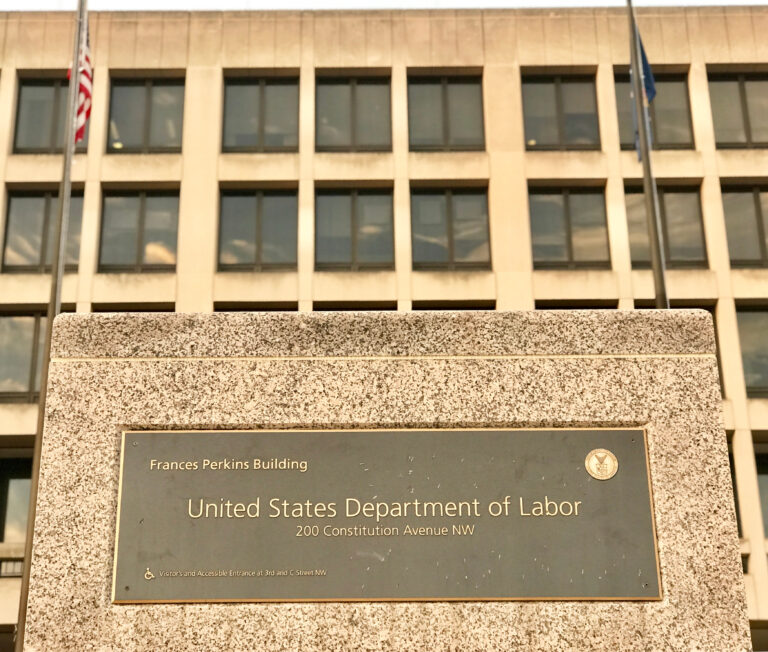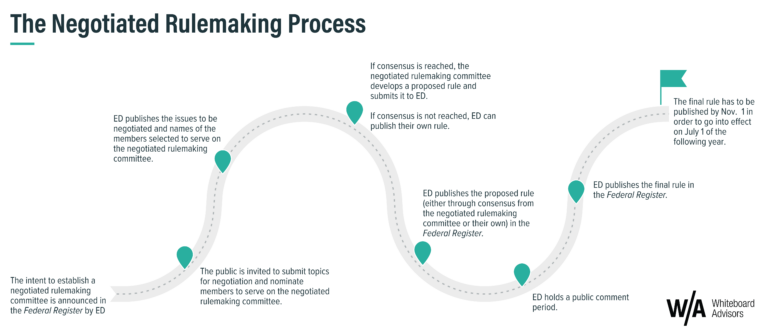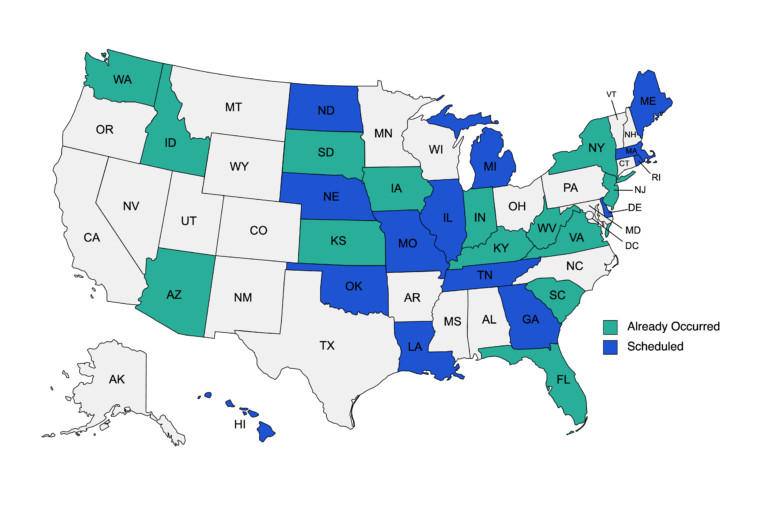On December 14, the U.S. Department of Labor announced a Notice of Proposed Rulemaking (NPRM), aimed at reforming and modernizing the agency’s system for overseeing Registered Apprenticeships.
What is a Registered Apprenticeship? According to the Department of Labor, a Registered Apprenticeship allows “individuals to obtain paid work experience, receive progressive wage increases, classroom instruction, and a portable, nationally-recognized credential.” Not all apprenticeships are registered, and some are registered at the state level rather than federal.
The NPRM sets forth new structures for determining what industries are suitable for apprenticeship and creates shared standards for apprenticeships within occupations. The department intends for these standards to create quality and consistency controls that will enable apprenticeship programs to scale more easily, as well as build greater employer confidence in the skills and competencies they can expect from apprentices.
The regulations would also create a new Career and Technical Education (CTE) apprenticeship program for secondary and postsecondary students studying CTE to help build pathways to traditional Registered Apprenticeships.
“The biggest issue in apprenticeship has been how we can create more high-quality Registered Apprenticeships in more occupations and industries and open them to a broader universe of workers,” said Seth Harris, former labor advisor to President Joe Biden and Senior Fellow at the Burnes Center for Social Change at Northeastern University. “These proposed regulations appear to be designed to achieve that goal, in addition to codifying best practices and refining systems that ensure registered apprenticeships meet exacting, transparent standards.”
Part of the proposed rule would require all Registered Apprenticeships to include a minimum of 2,000 hours (roughly one year of full-time employment or more) of on-the-job training in addition to the current requirement of 144 hours of related formal instruction. Currently, hybrid and competency-based apprenticeship models do not need to meet these seat-time regulations. Some critics, including the editorial board at the Wall Street Journal, are concerned the rules create “onerous regulations” that would hinder employers’ adoption of registered apprenticeships, especially by small employers.
Harris went on to comment, “in growing industries such as cybersecurity, advanced manufacturing, and health care, workers and employers need clearly defined pathways to good-quality, in-demand jobs. With their mix of work-based learning, classroom instruction, and earn-to-learn elements and a job waiting for the worker at the end of the process, registered apprenticeship pathways are tested and successful means to that end.”
The national nonprofit Apprenticeships for America, which has a membership of over 250 apprenticeship-related organizations, published a summary of the proposed rules. The public has 60 days from the final publication of the proposed rule to submit comments to the U.S. Department of Labor.
Catch up quick: What is negotiated rulemaking? More details on the (sometimes years long) rulemaking process is available from W/A SVP Alison Griffin, in Forbes, here.




